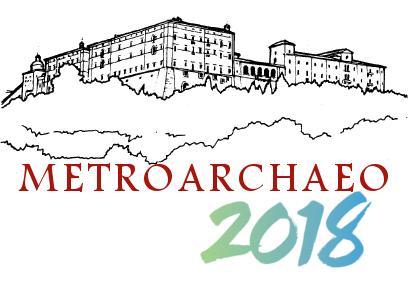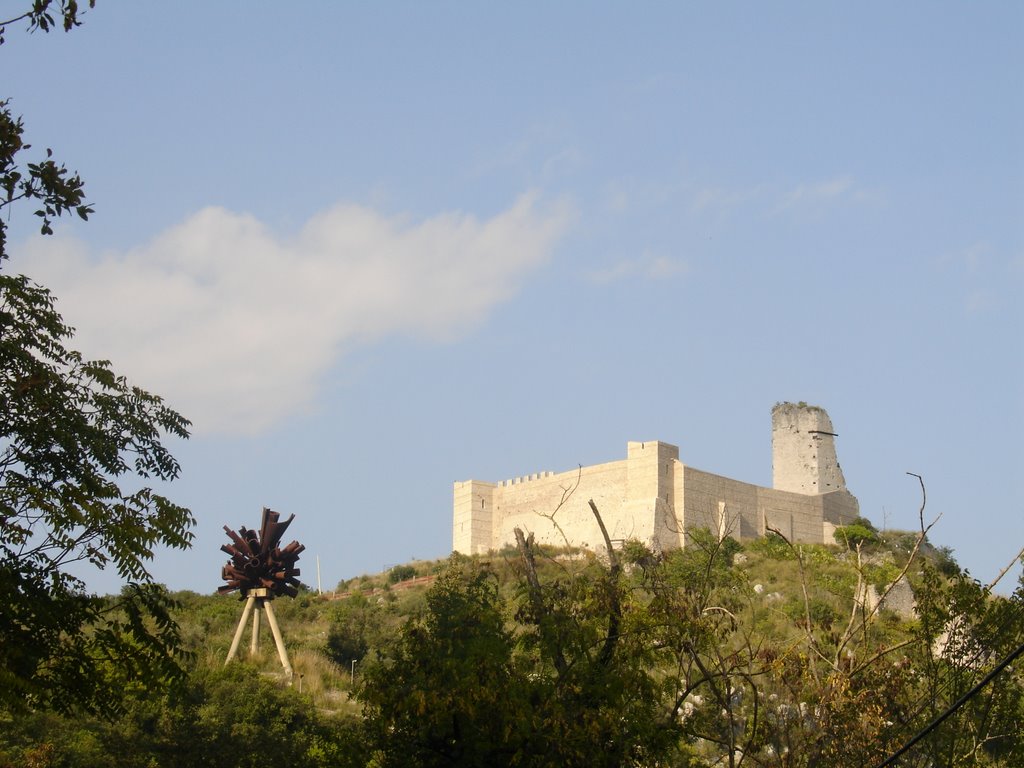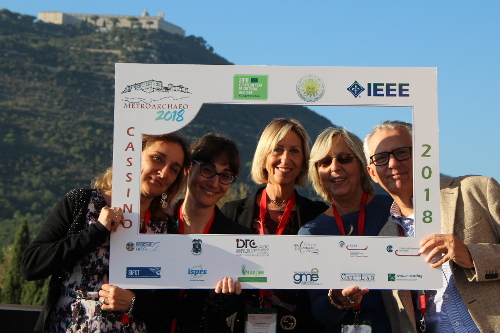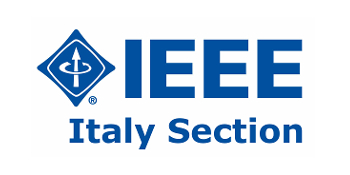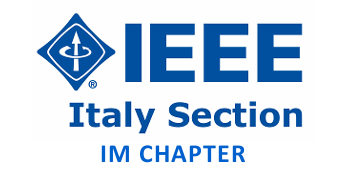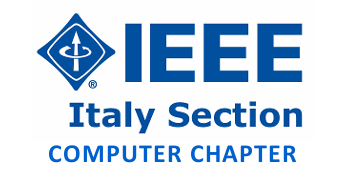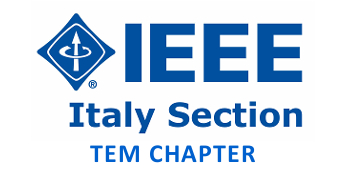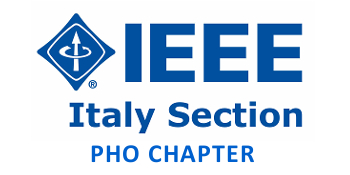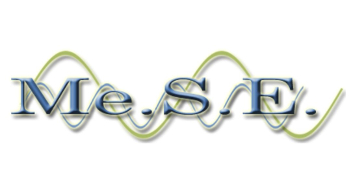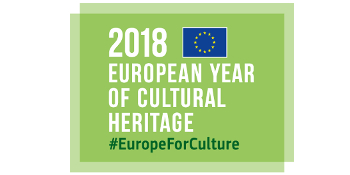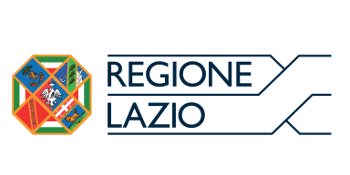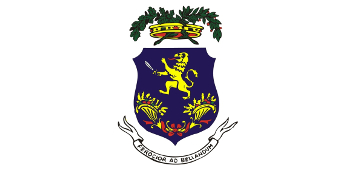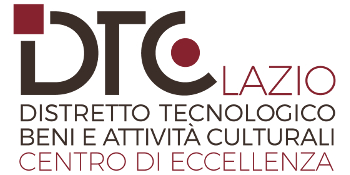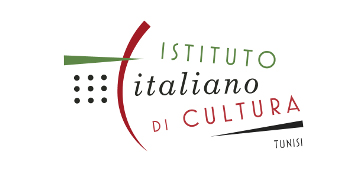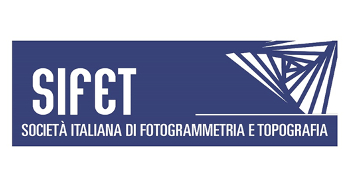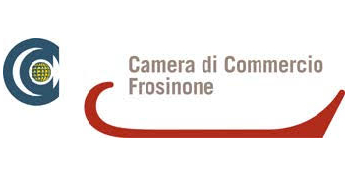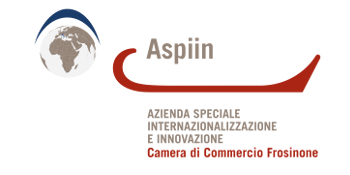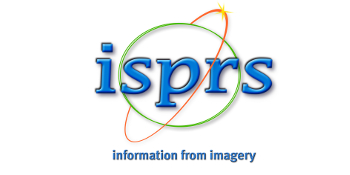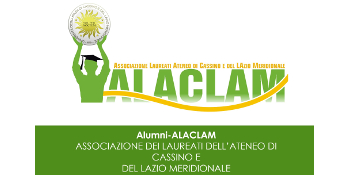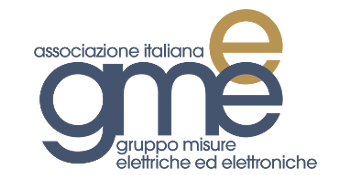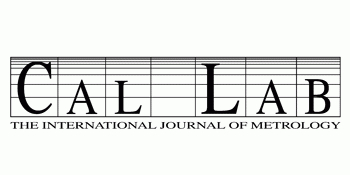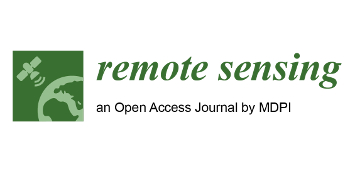Pondera Online: An international network for ancient and byzantine metrology
ORGANIZED BY
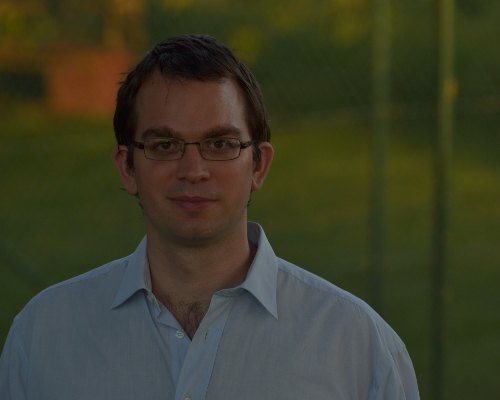
Charles Doyen
FNRS / UCLouvain (Belgium)
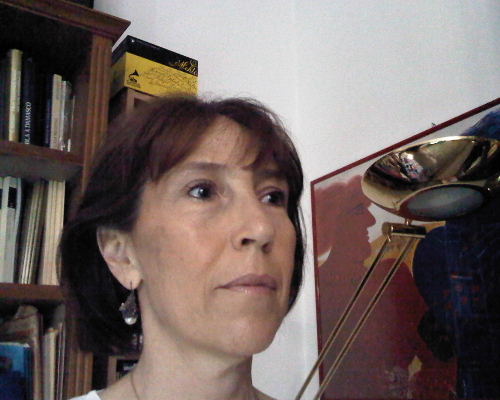
Maria Letizia Caldelli
Sapienza - Università di Roma, Italy
Silvia Orlandi
Sapienza - Università di Roma, Italy
ABSTRACT
For a few decades, digital humanities have revolutionised working methods in ancient studies, by making it possible to process complex datasets (“big data”). This new technological context invites scholars to reconsider the concept of a “corpus” of ancient sources. On the one hand, the long-term sustainability of a digital corpus depends greatly on a preliminary, thorough reflection on the need of such a tool, its purpose, its relevance, its position in the scientific landscape, its contributors, its users, and its funding. On the other hand, standardisation is a necessary requirement for a digital corpus to be efficient: when it comes to defining the body of data, creating the relevant fields, producing a conceptual schema, choosing a database language, inserting, modifying or deleting data, and finally searching and retrieving data, interoperability requires common definitions and shared practices.
In this regard, ancient commercial weights make an excellent case study, since the classification, the description, and eventually the publication of this particular material have always varied a lot, depending on the changing point of view of the editors. The study of commercial weights first developed in the second half of the 19th century, after some pioneer studies in the field of ancient metrology. In museum collections, commercial weights were either stored in Coin Cabinets (like coins) or in Archaeological Departments (like instrumentum domesticum); they were described as “Leads”, “Bronzes”, “Artefacts”, or “Varia.” Some of them deserved to be mentioned in epigraphical corpuses, but only if they have a legend; the publications are either based on museum collections or archaeological sites. No attempt for a global corpus has been made since the end of the 19th century. The descriptions of weights are more or less accurate, but rarely complete; photographs are often not available.
Nowadays, more than 20,000 weights dating from these two millennia are registered, half of them from public and private collections, half of them from archaeological excavations—but many weights remain unpublished. Dispersed objects, disparate information and imprecise data together constitute a major obstacle to a comprehensive approach. The research project “Pondera Online” (https://pondera.incal.ucl.ac.be) is intended to fill a gap in the collection, standardization, and processing of these archaeological data, thanks to the creation of an open access database. The MySQL tool makes it possible to encode precise data in a dozen complex fields (denomination, place of origin, place of provenance, place of conservation, dating, archaeological description, inscriptions, metrological analysis, bibliography, and photographs), to search for information in various ways, and finally to create distribution graphs and maps.
ABOUT THE CONVENERS
Charles Doyen is a F.R.S–FNRS Research Associate at the University of Louvain, Belgium. His research aims to contextualize the monetary phenomenon in Hellenistic Greece by taking non-numismatic evidence into account. Within this framework, Charles is currently developing an epigraphical corpus of inscriptions related to Hellenistic metrology and accounting practices, as well as a digital database of the commercial weights dated from the Classical and Hellenistic periods.
Marialetizia Caldelli is Associate professor of Roman History at Sapienza - University of Rome, Facoltà di Lettere e Filosofia. Her works are centred on the epigraphy of the entertainment (particularly on greek agonistics in the west area of the empire and on the gladiature). Since 2005 she has been appointed (with F. Zevi) for a new edition of Corpus Inscriptionum Latinarum, volume XIV (Ostia) and since 2008 she is responsible for the Ostian inscriptions of the EDR (Epigraphic Database Roma within the international project EAGLE - Electronic Archive of Greek and Latin Epigraphy: www.edr-edr.it). She participates to the programme “False testimonianze. Copie, contraffazioni, manipolazioni e abusi del documento epigrafico antico”. She actually works in team with the Vatican Museum, Department of Decorative Arts, for cataloging and study roman pondera.

